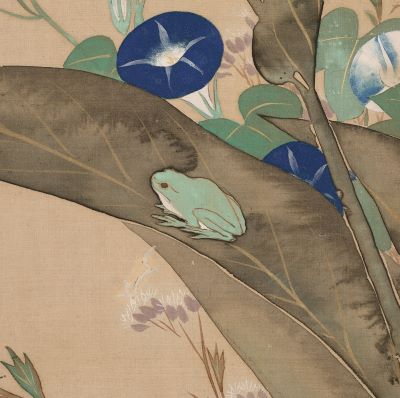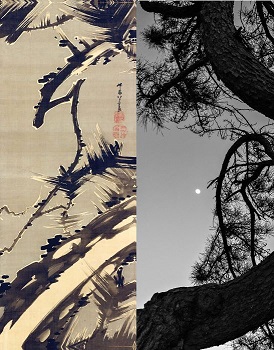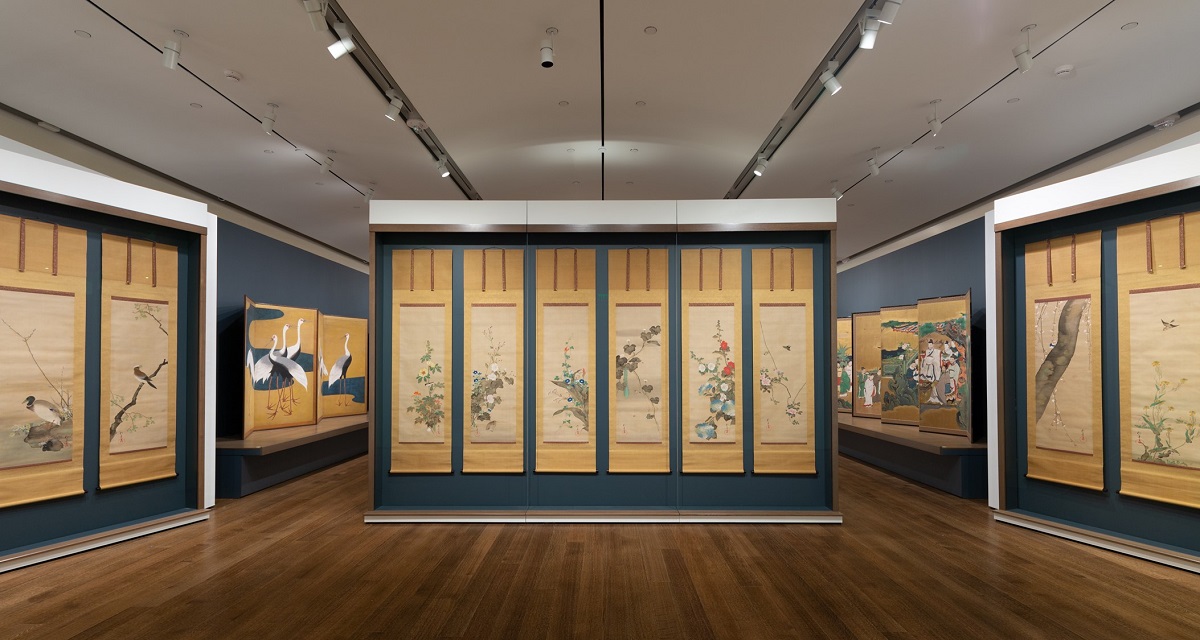Because of the COVID-19 pandemic, we haven’t been able to welcome visitors to our special exhibition Painting Edo: Japanese Art from the Feinberg Collection since last March. But a partnership with the Arnold Arboretum of Harvard University has inspired new ways of thinking about intersections between art and the natural world.
This spring, we are excited to offer even more ways to experience the Painting Edo exhibition and explore the landscape of the Arnold Arboretum!
Though the Harvard Art Museums remain closed for now, the Arnold Arboretum—Harvard’s remarkable “museum of trees”—is open to everyone, every day from sunrise to sunset, free of charge.
This guide pairs key plants from the Painting Edo exhibition with their counterparts from the living collections at the Arnold Arboretum. Use the guide at the Arnold Arboretum or while virtually exploring the Painting Edo exhibition to learn more about the botanical features and poetic significance of various plants.
Share your explorations with us on social media using #PlantingEdo. We will repost our favorite discoveries each week! You can download Planting Edo: A Field Guidetoday, free of charge.





